
There was a time when electric cars were largely seen as boring, slow, and something only muesli-loving greenies would drive. Luckily, those times are long gone; instead, electric cars have established themselves as the primary way we all are supposed to move around in the future.
Some of us will move faster than others, though, and those driving a Rimac Nevera will be moving really, really fast. Bugatti-level fast, in fact. The Croatian firm has just set a new speed record for electric production cars, achieving an astonishing 412km/h on the famous Papenburg test track in Germany.
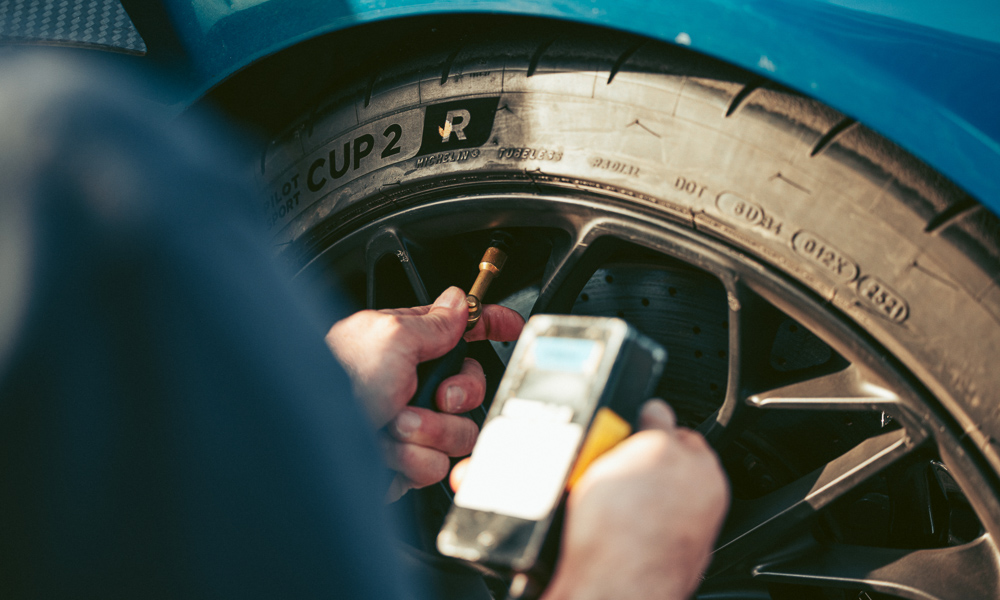

There are very few roads in the world where manufacturers of super-fast cars can try and hit V-max with their machines. So, it comes as no surprise that Rimac took the Nevera to the very same test track where Bugatti regularly tries to headbutt the horizon.
Composed of two 4km-long straights connected by banked corners, Papenburg is a high-speed heaven. It recently witnessed the fastest-ever run by a production EV. With the Nevera fitted with Michelin Pilot Sport Cup 2R tires and set to top-speed mode, Rimac chief test and development driver Miro Zrnčević put the hammer down and achieved a GPS-verified top speed of 412km/h.
Naturally, there’s a video of the event, and it differs greatly from any petrol-powered runs captured on camera at the same venue. The way the Nevera unleashes the power of its four motors seems not only effortless but almost serene, as the lack of combustion engine noise removes any kind of drama from proceedings. Powered by 1,914 electric horses, the car marches toward and beyond the 400km/h barrier with incredible ease.
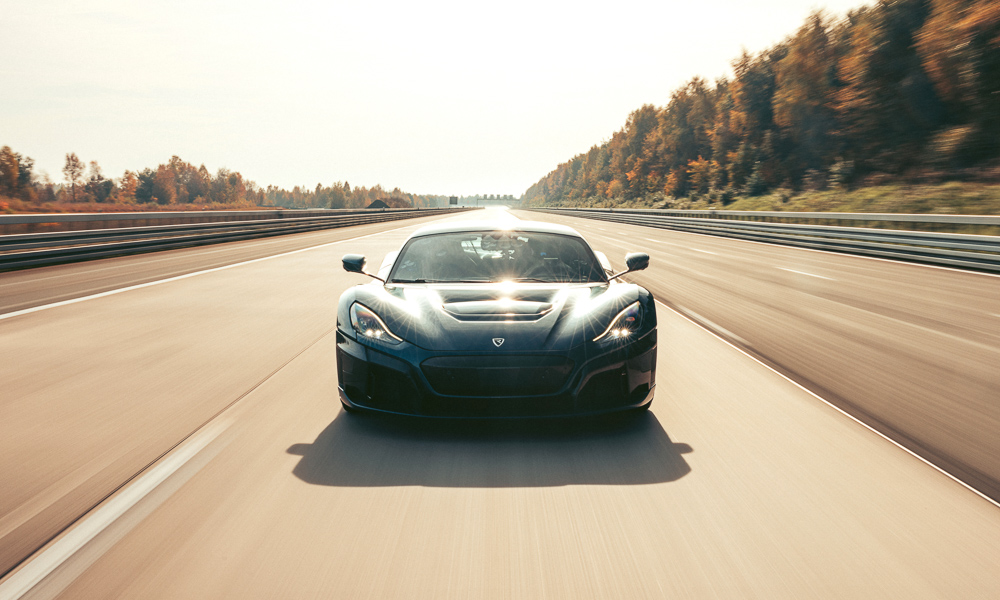
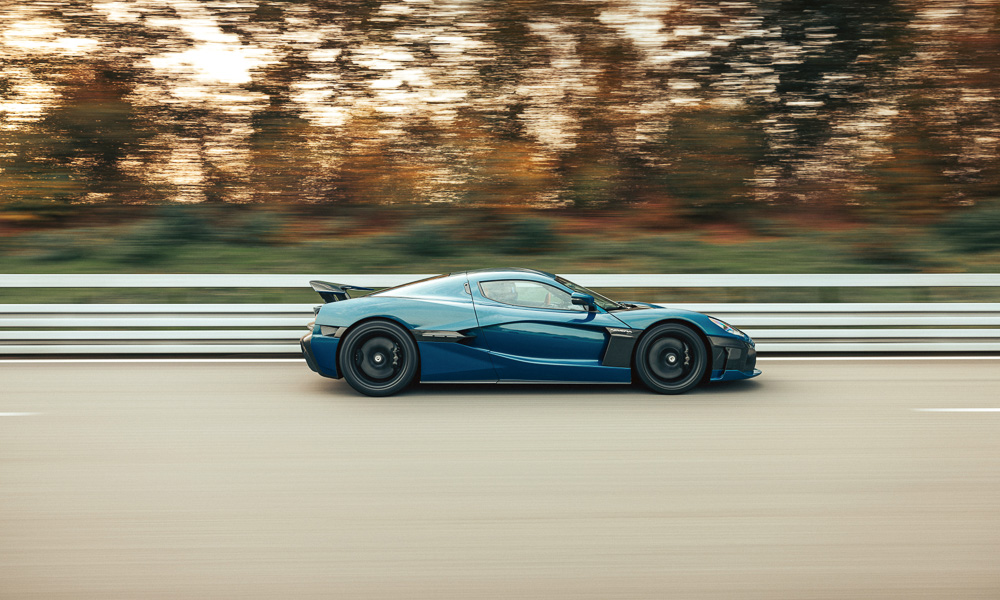
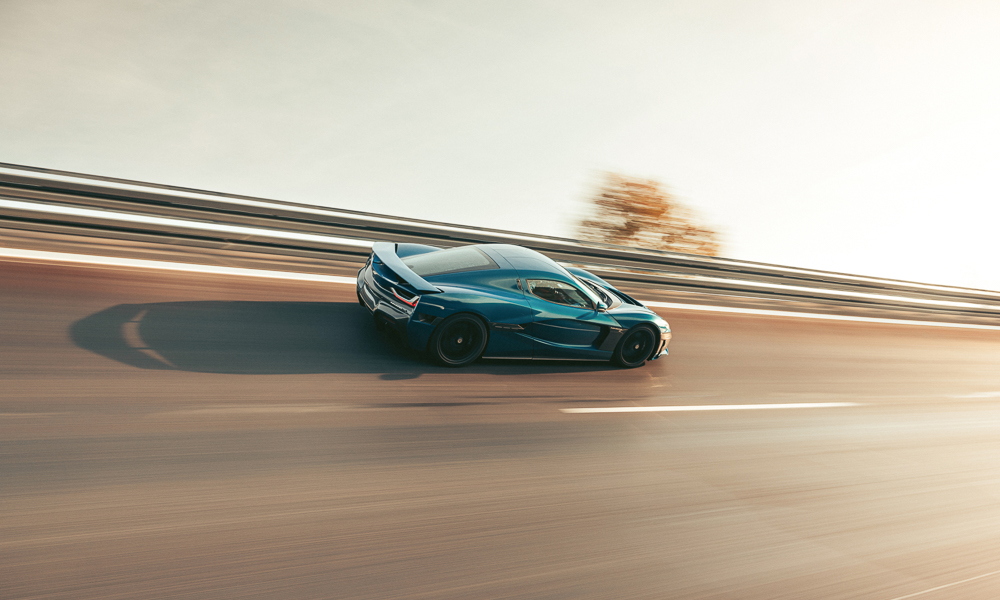
Rimac hasn’t said how much electric juice the car used to achieve this feat, but it’s safe to say a recharge was probably in order after the top-speed run. The normal range of this electric missile is around 550km, but the faster you go, the quicker it will drain the battery. What is maybe most astonishing about this new record is the difference in engineering behind this car and something like a Bugatti Chiron, one of the few other production cars in the world capable of exceeding 400km/h.
Where a Bugatti W16 engine is an insanely complex piece of machinery comprising thousands of parts, electric motors are relatively simple by comparison. There’s only really one moving part in an EV motor, and while the Nevera is still a great piece of automotive engineering, its complexity will be much lower than that of ICE hypercars.
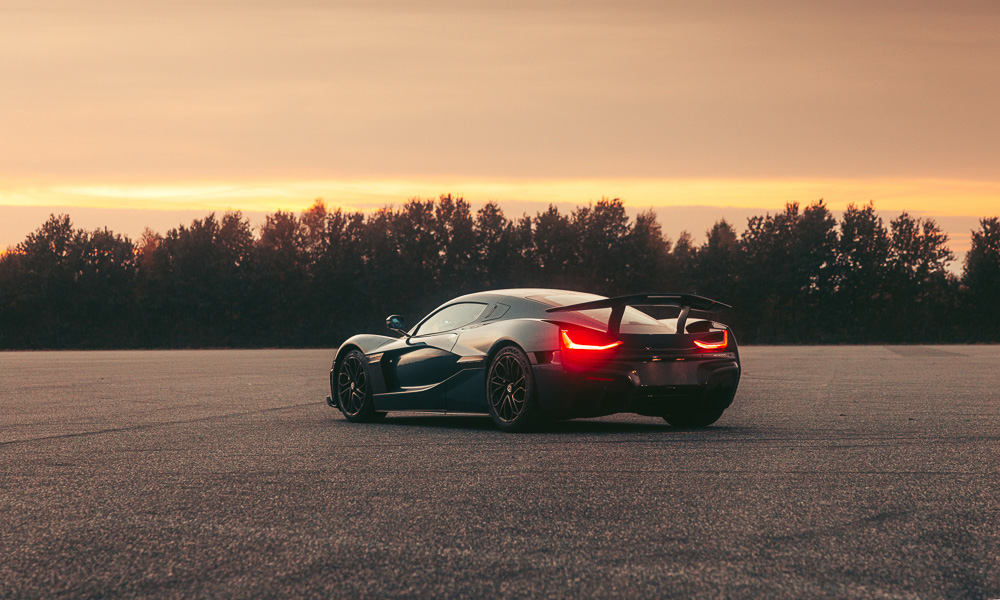
That means there are fewer parts to go wrong and, of course, fewer parts to pay for. Not that it probably matters to owners of such machines, but the sticker price of a Rimac is less than that of a Bugatti, and we imagine the maintenance bill will also be a lot lower.
Plus, you can drive this eco machine with the knowledge that, technically, it’s good for the environment. Or better than a petrol-burning equivalent at least. In any case, what Rimac has achieved in the relatively short time span the company has been around is nothing short of astonishing, and this latest feat just shows that the firm is just getting started.


0 Comments